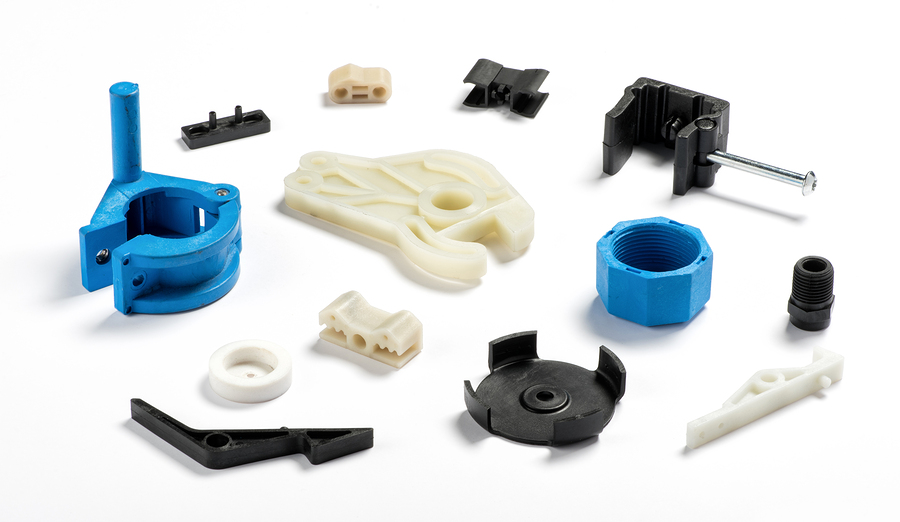Modern, high-quality plastic injection molding is increasingly the engineer’s choice for redesigning a previously all or mostly metal part. From a corporate or marketing perspective, this intuitively comes down to cost; various types of plastic are, in many plastic conversion cases, cheaper than metal for many applications.
But it goes well beyond stretching out margins in your favor. Injection molding practices now accomplish a level of exacting quality which in many ways outpaces the efficiency of metal equivalents in identical applications. From automobiles to firearms, innovative high-tech plastics applications are increasingly the best choice for some of the most complex applications imaginable.
Here are three of the most prominent reasons designers are replacing their old metal designs with metal to plastic conversion:
Plastic Resists the Elements
Metal parts are, of course, extremely durable. The initial reasoning in going an all-metal build generally starts with this premise. The inherent weaknesses of metal are, generally, covered up by how the material reacts to repeated exposure to the elements.
Consider the increased use of plastics in firearm manufacturing, including in older, well-regarded models getting a modern refresh. This design principle is increasingly standard primarily due to how modern plastics handle heat compared to traditional all-metal firearm builds.
Metal changes its properties when exposed to the levels of heat a firearm produces with regular use; sometimes this leads to improper firing responses. Replacing some of the metal parts with injection molded plastic conversion equivalents raises the floor of what temperatures those components can be exposed to, extending the life of that firearm before maintenance or replacement is required.
For many metal applications, the nature of the material requires preventative coatings and cleaning processes to prevent corrosion or warping. Plastic conversion removes this cost from OEMs who have to treat their metal parts to meet long-term quality standards; as well as customers who gain the peace of mind of operating a piece of equipment that does not need quite as much ongoing maintenance.
Plastic Parts Absorb Sound Better
We’ve all had moments where we interacted with an aging piece of equipment; we often immediately took notice of just how loud the thing was! Metal components repel sound, absorbing and dispersing very little of it compared to plastic equivalents. And this is a factor both for tiny components of enclosed mechanisms, as well as large machines that expel massive walls of noise within their cavernous, all-metal spaces.
Injection molding techniques get a great deal of the credit — alongside improved engineering practices in general — for the automobiles of today running far quieter than examples from just a couple decades ago.
For industrial applications, plastic rollers provide a definitive improvement in sound quality, cutting 10dB of noise compared to metal equivalents.
Several Metal Parts Often Add Up to One Plastic Part
The most core, elemental properties of metal mean that for all the benefits it does have in many applications, high levels of detail aren’t on that list. The most carefully machined metal is still bound by the physics of the material.
For complex machines, this means many “single” metal parts are welded and/or fitted pieces of entirely separate metal. Softer metals like aluminum are more open to being cut into incredibly specific shapes; the trade-off is an incredibly flexible material that is most useful for external, aesthetic purposes.
Converting these multi-part components directly to plastic equivalents gives you the same functionality but potentially at a lower cost. And for future redesigns, you can use plastic conversion as a springboard to develop even more efficient, complex, and exact concepts that further improve efficiency and cost-effectiveness.
This closer look into these major points is just a small selection among many benefits of metal to plastic conversion. To learn more about how a high-quality plastic refresh of your metal designs can improve your products, contact us at Proto Plastics today!

